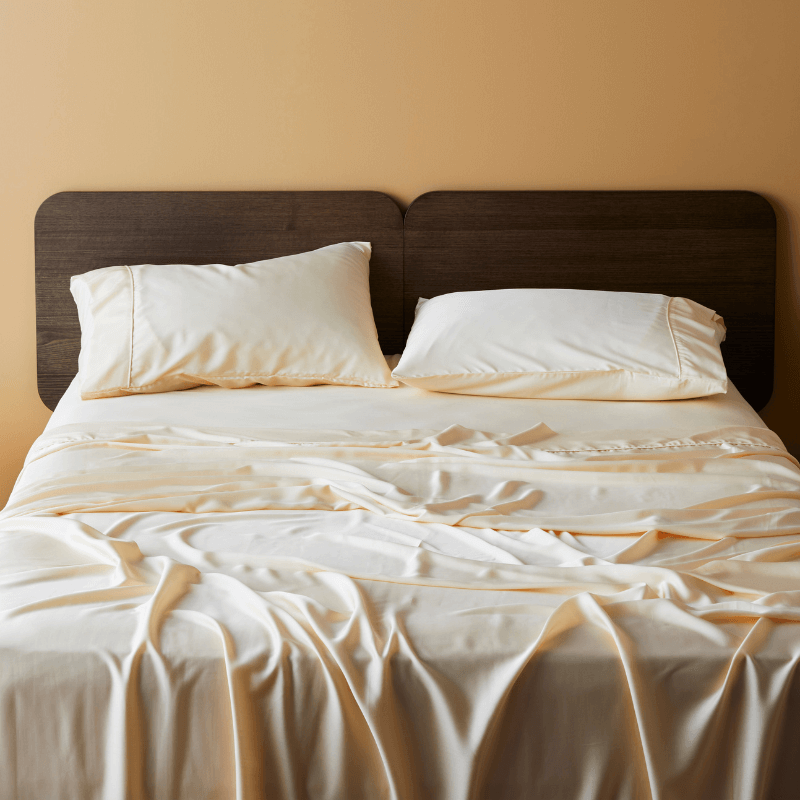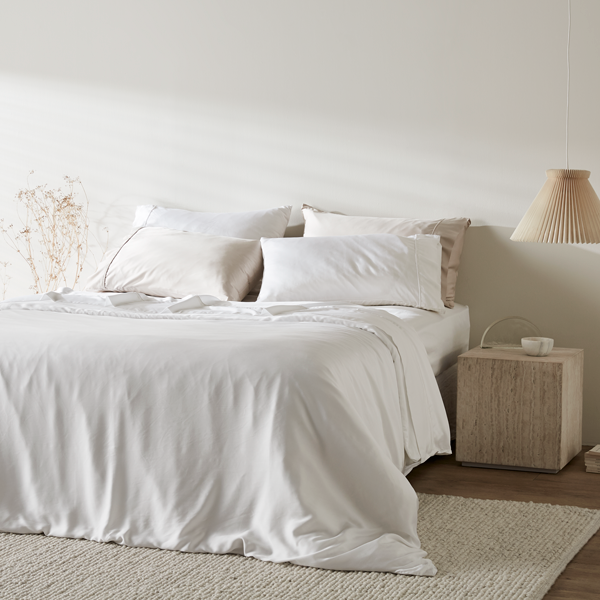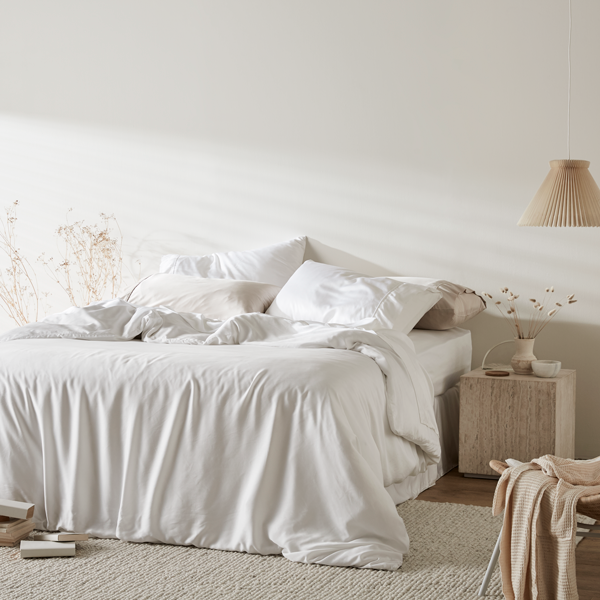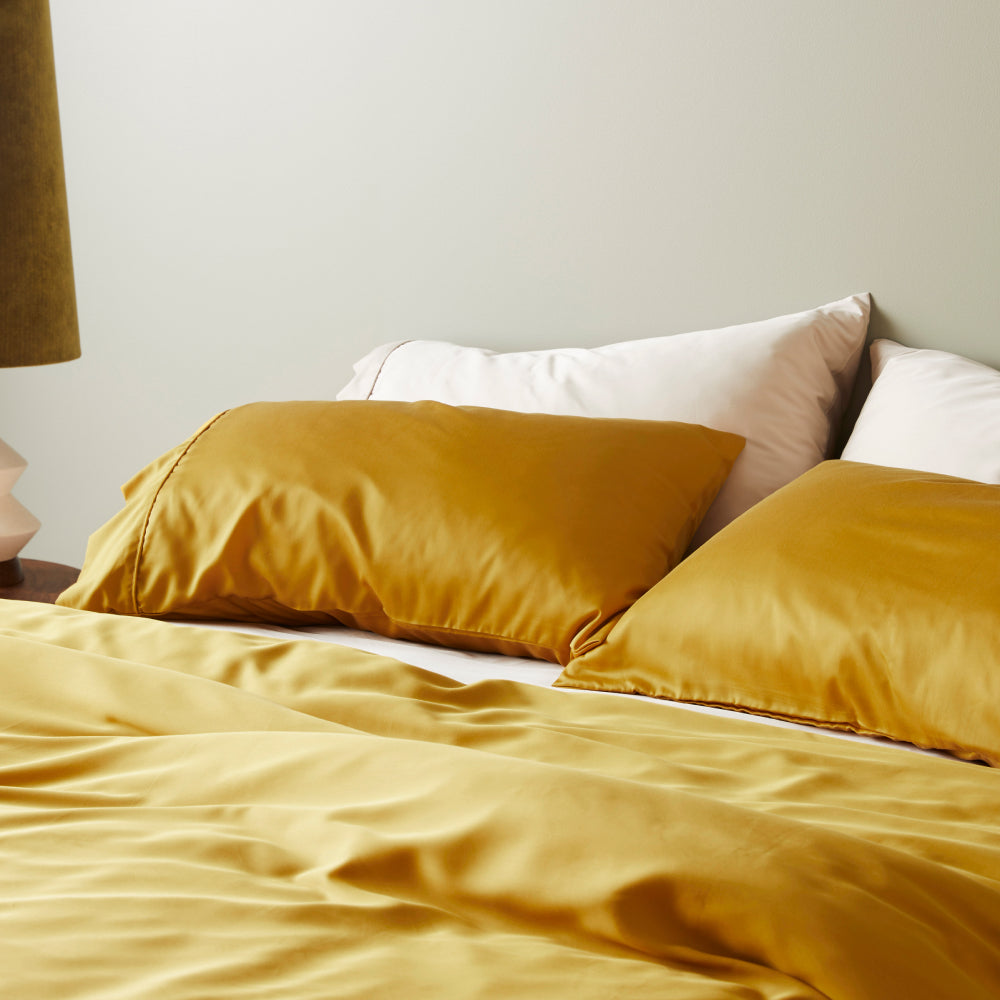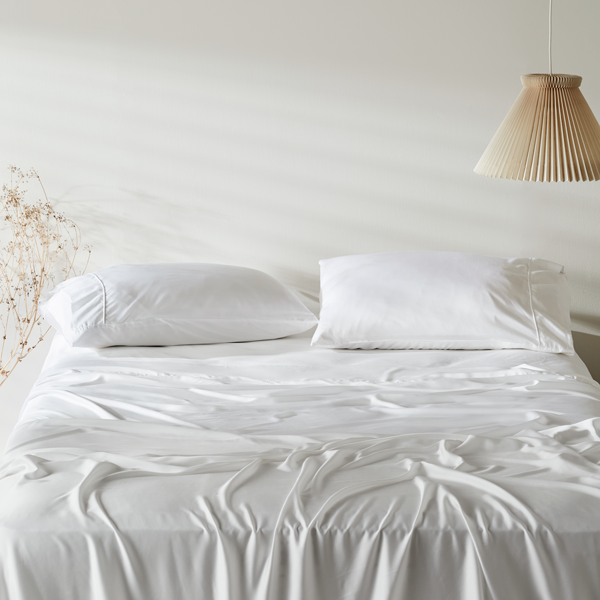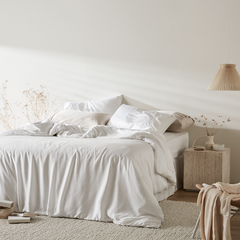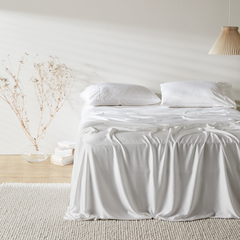Tips for a Safer Home Environment

At ettitude, we’re passionate about helping you create a healthier home for you, your family, and the planet. That’s why we’re shining a light on something invisible but harmful: PFAS, also known as “forever chemicals.”
You might not see them, smell them, or taste them—but they could be hiding in your home, in everyday products you use and love. Here’s what you need to know about PFAS, why they’re a concern, where they lurk in unexpected places, and how you can reduce your exposure with safer, more sustainable swaps.
What Are PFAS and Why Should You Care?
PFAS (per- and polyfluoroalkyl substances) are a class of over 12,000 synthetic chemicals used to make products resistant to water, stains, and heat. That may sound helpful, but the trade-off is serious: PFAS don’t break down easily—they persist in the environment, our water, our food, and even in our bodies.

Even low levels of long-term exposure can add up. And because PFAS are everywhere, reducing your exposure starts with awareness, especially at home.
Where PFAS Might Be Hiding in Your Home
You may expect to find PFAS in industrial settings, but they’re also commonly used in household goods. Here are some surprising places these “forever chemicals” might be hiding:
- Non-stick cookware: Traditional Teflon and other non-stick surfaces often contain PFAS.
- Water-resistant clothing and bedding: Some “performance” fabrics, including water-repellent sheets, comforters, and mattress protectors, are treated with PFAS.
- Stain-resistant furniture and carpets: Upholstery and rugs labelled “stain-proof” often use PFAS-based treatments.
- Food packaging: Takeout containers, microwave popcorn bags, and fast-food wrappers may have PFAS coatings to resist grease.
- Cosmetics: Waterproof mascara, foundation, and lipstick sometimes contain PFAS for smoother application or more extended wear.
- Floss: Most conventional floss brands contain PFAS to enhance their ability to glide between teeth.
- Cleaning products: Some sprays and waxes include PFAS for added shine or water resistance.
Smart Swaps for a Safer Home
The good news? You don’t have to overhaul your life to reduce PFAS exposure. Even minor, thoughtful decisions can have a significant impact.
Better Choices, Brighter Future
You don’t need to live in fear of PFAS, but being informed helps you make more intelligent choices that support your health and the health of our planet.
At ettitude, we’re committed to transparency, clean production, and creating products you can feel good about bringing into your home. Our CleanBamboo® fabric is made without harmful chemicals—including PFAS—so you can sleep soundly, literally and figuratively.
Ready to detox your home, one simple swap at a time?
Start with your bed—because that’s where wellness begins.

